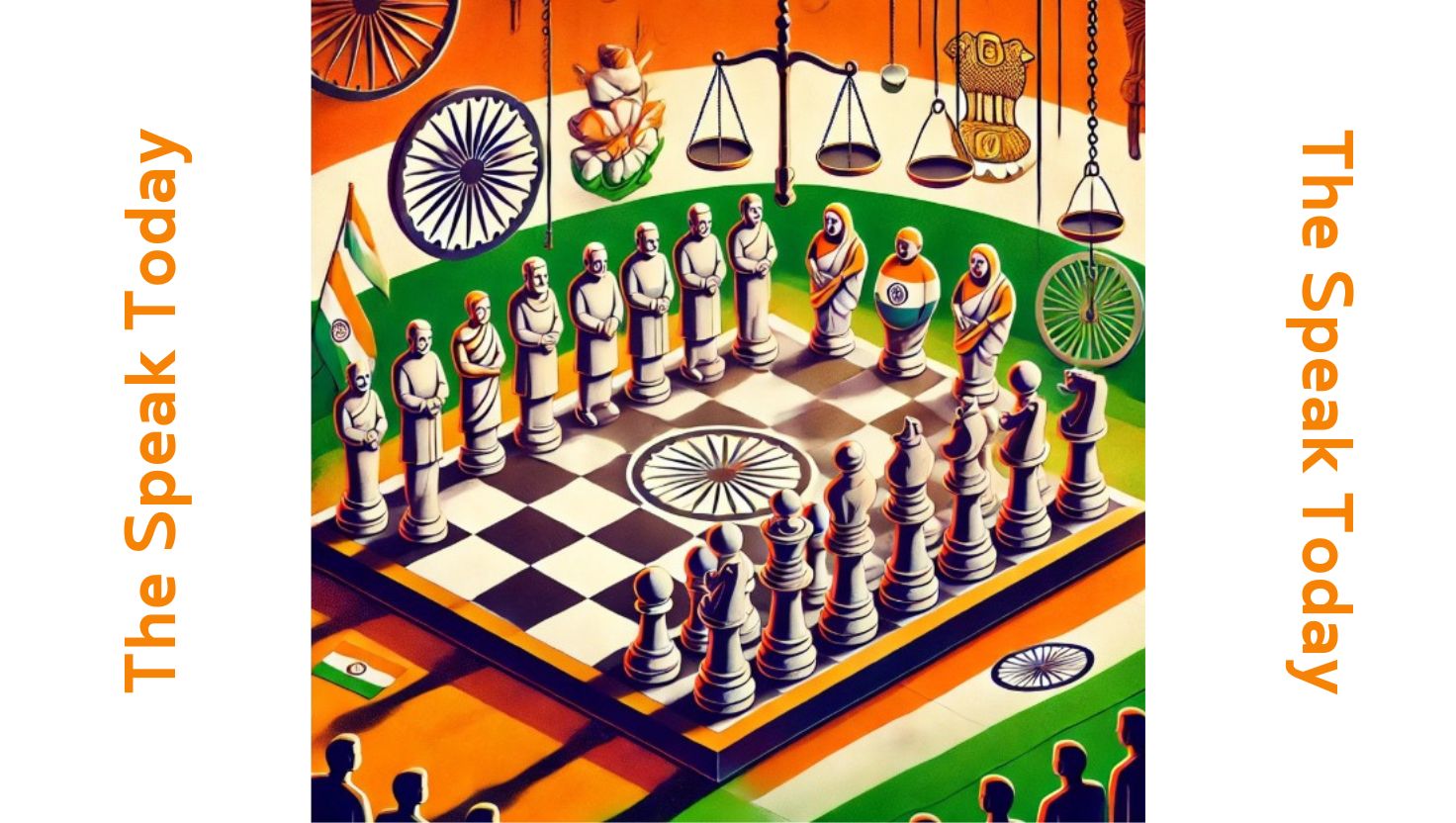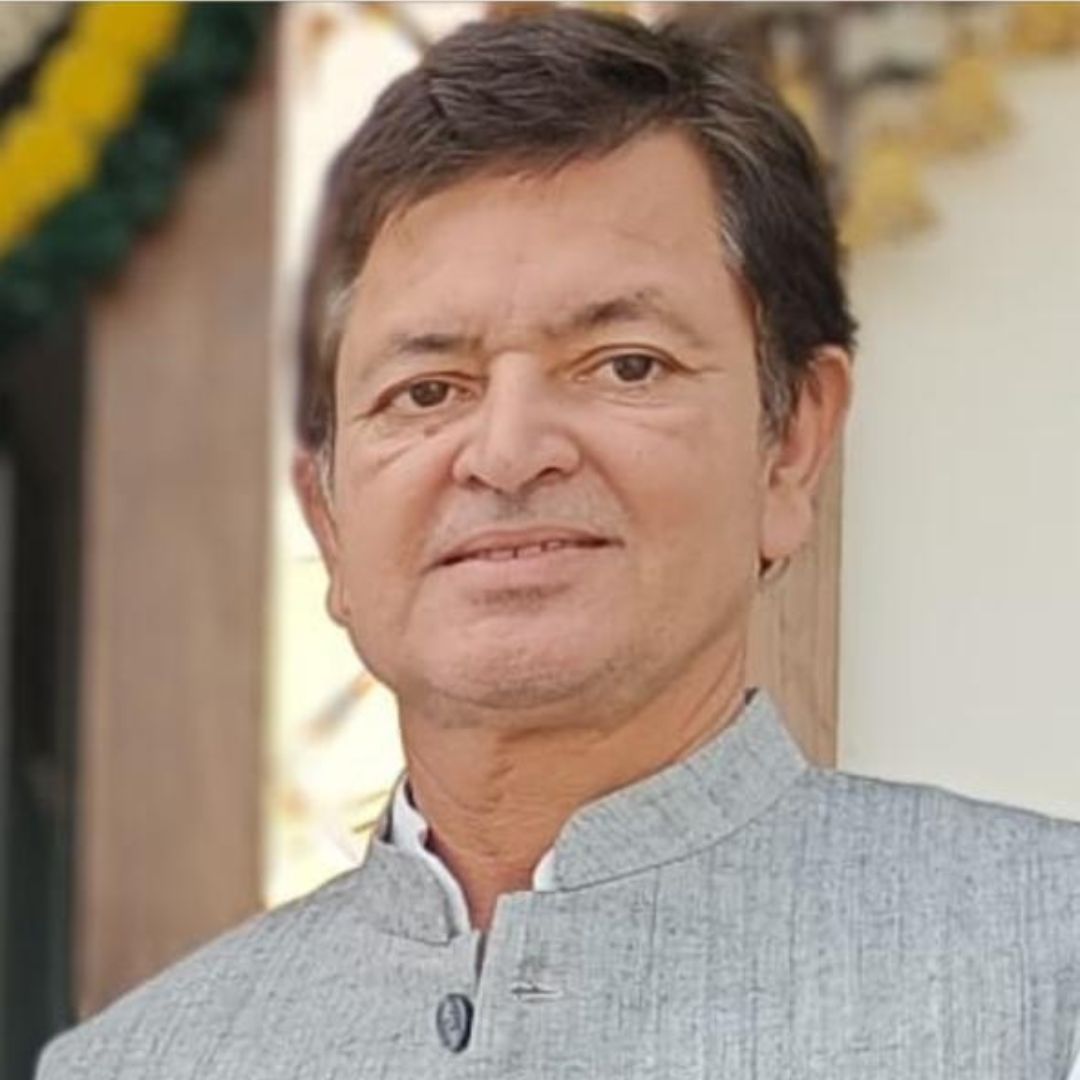In the world of politics, elections are often compared to chess, where every move must be calculated, every contingency considered, and every player’s role carefully planned. However, the question that lingers is: are elections purely a strategy game? Or are they shaped by a confluence of events, public sentiment, and leadership qualities that cannot always be foreseen or controlled? Reflecting on the political events in India from 2013 to 2021, it becomes clear that elections involve a mix of strategic planning and organic evolution, where the unpredictable often shapes the narrative as much as deliberate action.

The Year 2013: A Game-Changing Moment
The year 2013 marked a pivotal moment in Indian politics. When the Bharatiya Janata Party (BJP) decided to project Narendra Modi as their Prime Ministerial candidate, it was a move that raised eyebrows and fueled debates. The first public rally in Rewari, Haryana, symbolized a new chapter. The scale, energy, and resonance of this event set the tone for a series of rallies and campaigns that would follow.
Being part of the IT team during this transformative period, I witnessed firsthand the intricacies of planning and execution. Those who now occupy the front rows of political decision-making had diverse, sometimes conflicting intentions back then. It was a time of flux, where alliances were being formed, and strategies were being tested. Yet, much of what unfolded seemed less like a meticulously crafted blueprint and more like a response to the groundswell of public sentiment.
Public Sentiment: The Unpredictable Force
One of the key drivers of the BJP’s success in 2014 was the public’s desire for change. After years of governance marked by scandals, inefficiencies, and disconnection from grassroots realities, there was a palpable anger among the electorate. People were eager to oust leaders who had grown complacent and disconnected from their second and third layers of leadership. This sentiment was harnessed effectively by Narendra Modi and his team, but it’s worth noting that no amount of planning can create such a wave of public emotion—it can only be recognized and leveraged.
A series of events leading up to the 2014 elections—including anti-corruption movements like the Anna Hazare-led Jan Lokpal Andolan, the Nirbhaya case protests demanding safety for women, economic slowdowns, and the rise of social media as a tool for mass mobilization—played a crucial role. These events, while impactful, were not entirely within anyone’s control. The challenge lay in responding to them in ways that resonated with the public. This is where leadership skills came into play. Modi’s ability to communicate a vision, connect with diverse demographics, and project confidence proved instrumental in channeling the public’s discontent into electoral victory.
Leadership and Strategy: The Interplay
Leadership is often the deciding factor in whether an electoral strategy succeeds or fails. Winning an election is not just about having the best-laid plans; it’s about adapting to the unpredictable, making bold decisions, and inspiring confidence among supporters. From 2013 to 2021, Indian politics saw several instances where leadership turned challenges into opportunities.
For instance, the abrogation of Article 370 in Jammu and Kashmir in 2019 was a bold and divisive move that resonated strongly with a significant section of the electorate. Similarly, the introduction of flagship schemes such as Swachh Bharat Abhiyan, Ayushman Bharat, and Jan Dhan Yojana showcased a blend of strategy and governance, addressing grassroots issues while creating a narrative of development and reform.
Take, for instance, the emergence of new personalities and narratives during this period. Each year brought fresh faces from diverse fields—artists, activists, athletes, and entrepreneurs—who briefly captured public attention. Some of these individuals were strategically introduced by political parties, while others emerged organically due to circumstances. Their rise and fall often reflected the zeitgeist of the moment rather than a grand master plan.
Are Personalities Part of a Bigger Plan?
It’s tempting to view the emergence of certain personalities as part of a larger strategy. After all, politics thrives on optics, and introducing relatable, inspiring figures can bolster a party’s image. However, the reality is often more nuanced. While some personalities are groomed and promoted strategically, others rise to prominence because they capture the public’s imagination at the right time.
The interplay between strategy and spontaneity is evident here. For instance, during moments of national crisis, the public’s focus often shifts to individuals who exemplify resilience, innovation, or compassion. These figures may not have been part of a premeditated plan, but their alignment with the narrative of the times makes them invaluable assets to political campaigns.
The Role of Teams: Navigating Complexity
In any election, the team behind the scenes plays a critical role. From strategists and speechwriters to IT professionals and grassroots workers, the collective effort of these individuals determines the campaign’s success. Yet, even within the team, there are tensions and uncertainties. One recurring concern is how to be most useful to the system while ensuring that the system itself remains aligned with its goals.
Team dynamics can be both a strength and a challenge. The diversity of opinions and approaches within a campaign team can lead to innovative strategies, but it can also create friction. Ensuring that everyone is working towards a common goal requires strong leadership, clear communication, and a willingness to adapt.
The Bigger Question: Is It All a Plan?
If elections are indeed a strategy game, the natural follow-up question is: who is planning, and who is benefiting? The answer is rarely straightforward. In democratic systems, elections are influenced by a multitude of factors—some deliberate, others circumstantial. Political parties, interest groups, media organizations, and even global events play a role in shaping the electoral landscape.
For those within the system, the challenge lies in balancing short-term gains with long-term vision. It’s not enough to win an election; sustaining public trust and delivering on promises are equally important. This requires continuous introspection and a willingness to course-correct when things go astray.
The Role of Technology and Data
One of the most significant shifts in electoral strategy over the past decade has been the integration of technology and data analytics. Social media platforms, targeted advertising, and voter behavior analysis have become indispensable tools for modern campaigns. These tools allow parties to identify key demographics, craft tailored messages, and measure the impact of their efforts in real-time.
The Cambridge Analytica controversy globally highlighted how data manipulation could influence electoral outcomes. Similarly, in India, targeted messaging through WhatsApp groups and region-specific social media campaigns became a defining feature of elections from 2014 onward. However, the reliance on technology also raises ethical questions. The use of data must be balanced with respect for privacy and transparency. Ensuring that technology enhances democracy rather than undermines it is an ongoing challenge.
The Unpredictable Factor
Despite the best efforts of strategists and leaders, elections remain inherently unpredictable. Public sentiment can shift rapidly in response to unforeseen events, such as economic crises, natural disasters, or geopolitical developments. The COVID-19 pandemic, for example, upended traditional campaigning methods and forced parties to rethink their strategies. The migrant worker crisis during the lockdown had a profound impact on public perception, challenging the narrative of governance and prompting adaptive measures from political parties.
This unpredictability underscores the importance of resilience and adaptability in electoral campaigns. While strategy provides a roadmap, the ability to navigate uncharted territory often makes the difference between success and failure.
Conclusion: A Game of Strategy and Beyond
So, is elections a strategy game? The answer lies somewhere in between. While strategy is undoubtedly a critical component, the human element—public sentiment, leadership, and the unpredictability of events—plays an equally significant role. Elections are not just about winning power; they are about understanding and responding to the aspirations of the people.
Reflecting on the years from 2013 to 2021, it becomes clear that the most successful leaders are those who combine strategic acumen with the ability to connect with people on a deeper level. They recognize that while plans and strategies provide a foundation, the true essence of democracy lies in its unpredictability and dynamism. As we move forward, this interplay between strategy and spontaneity will continue to shape the electoral landscape, reminding us that politics, at its core, is as much an art as it is a science.

(Author)
